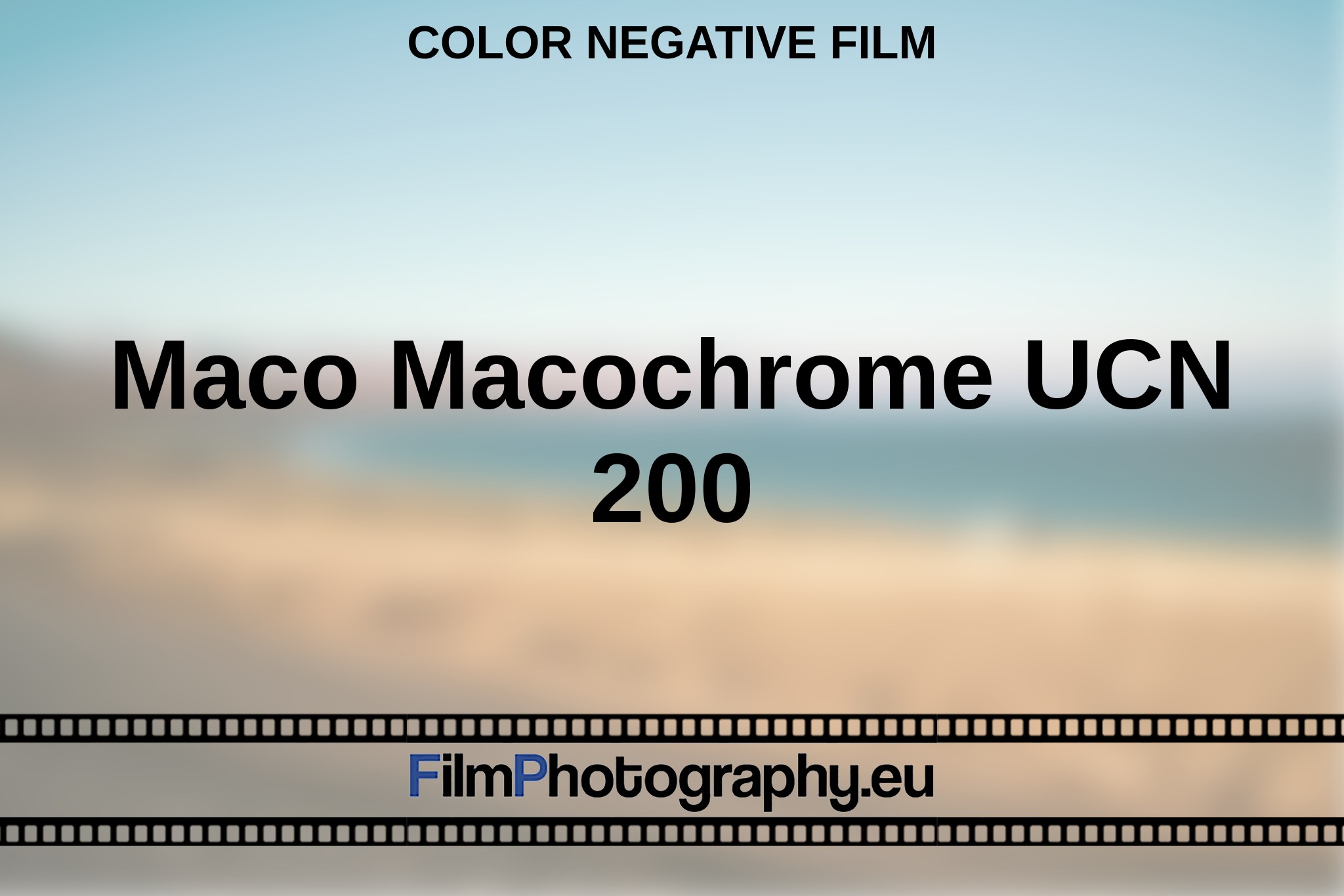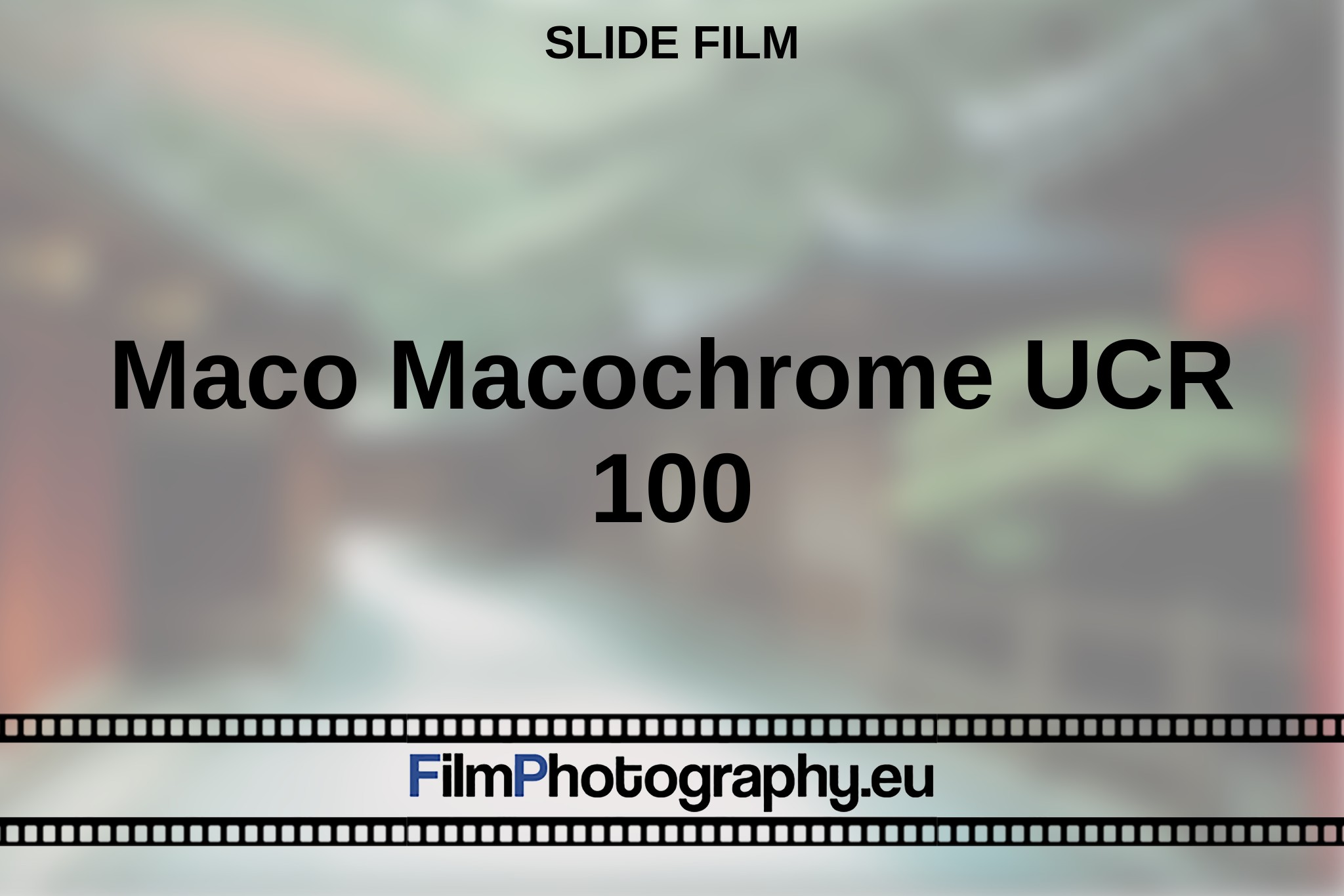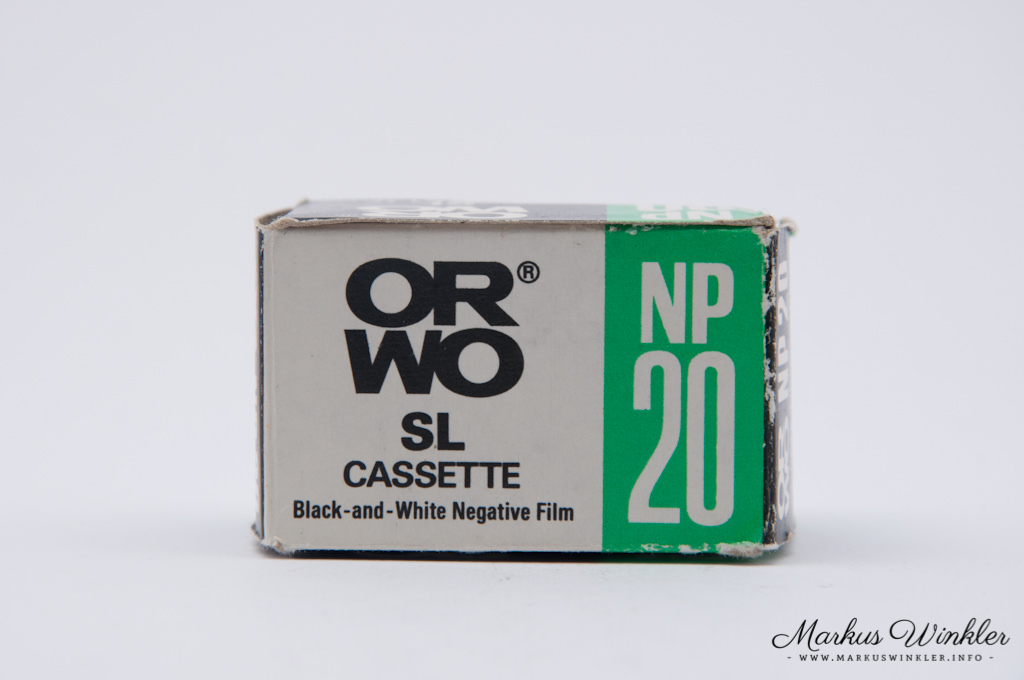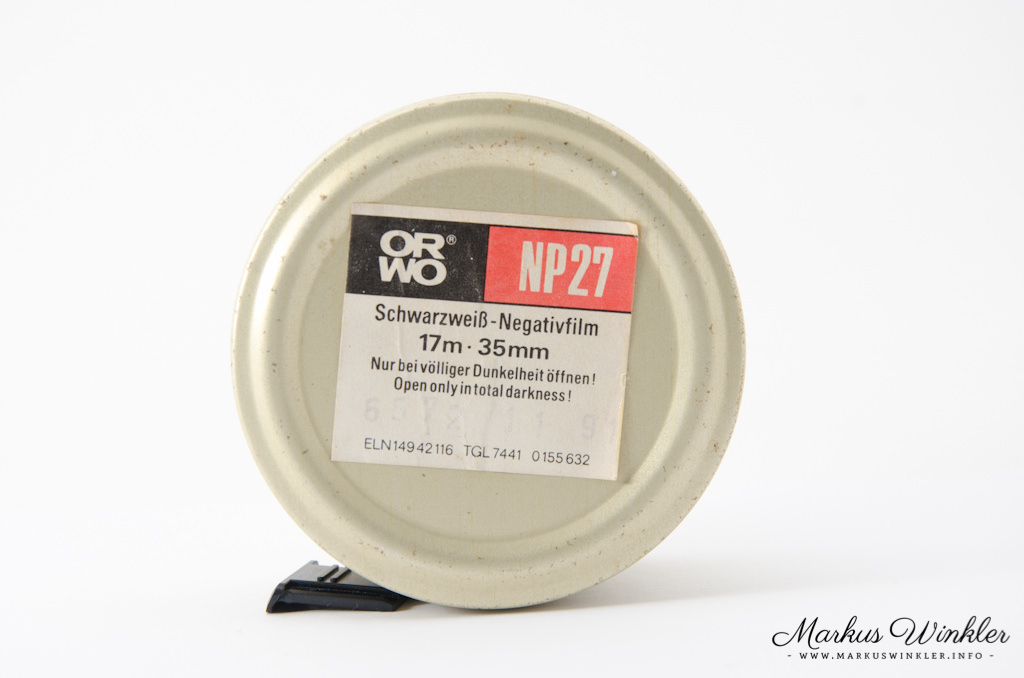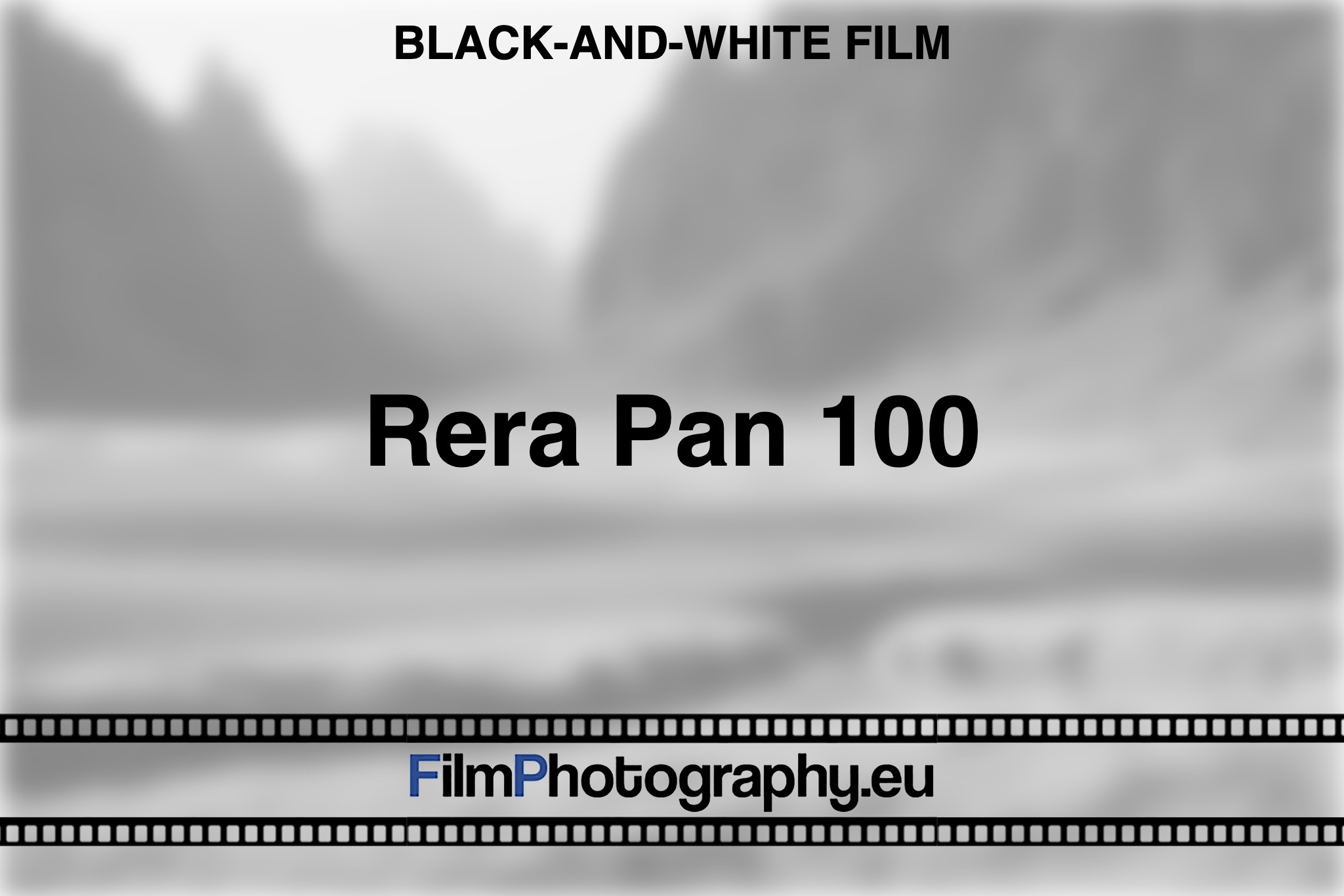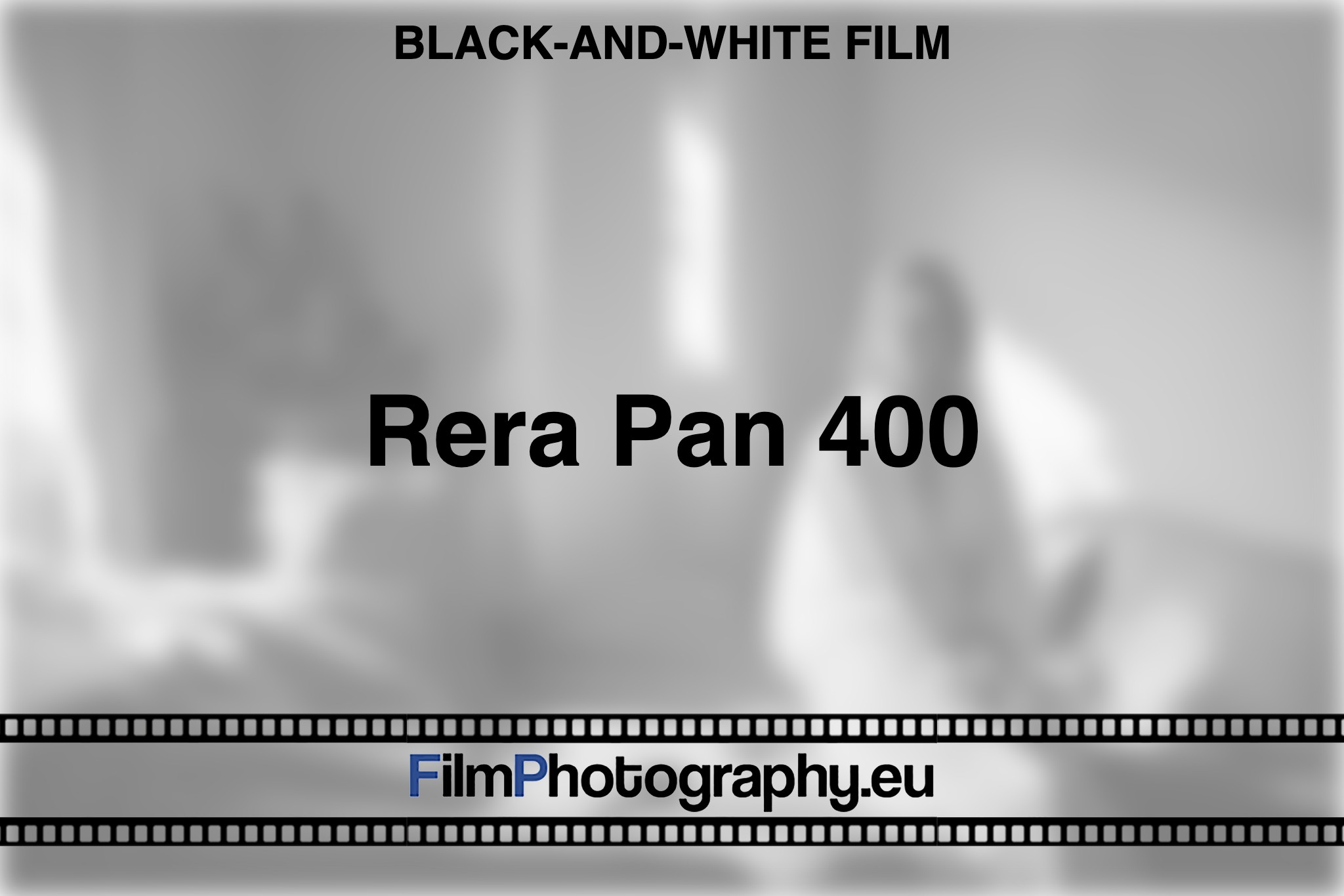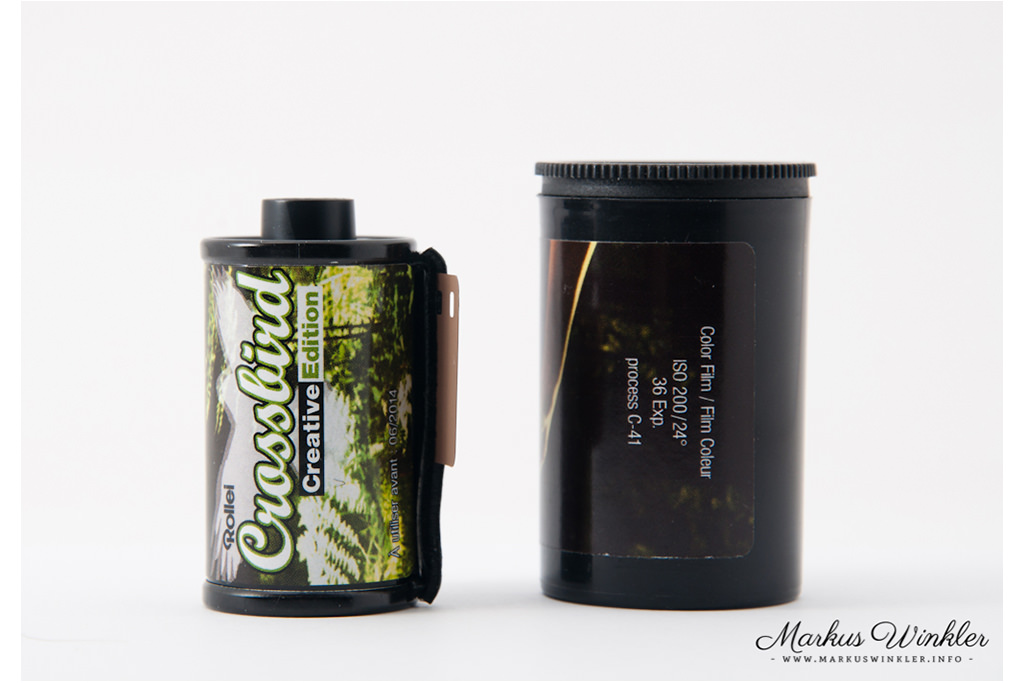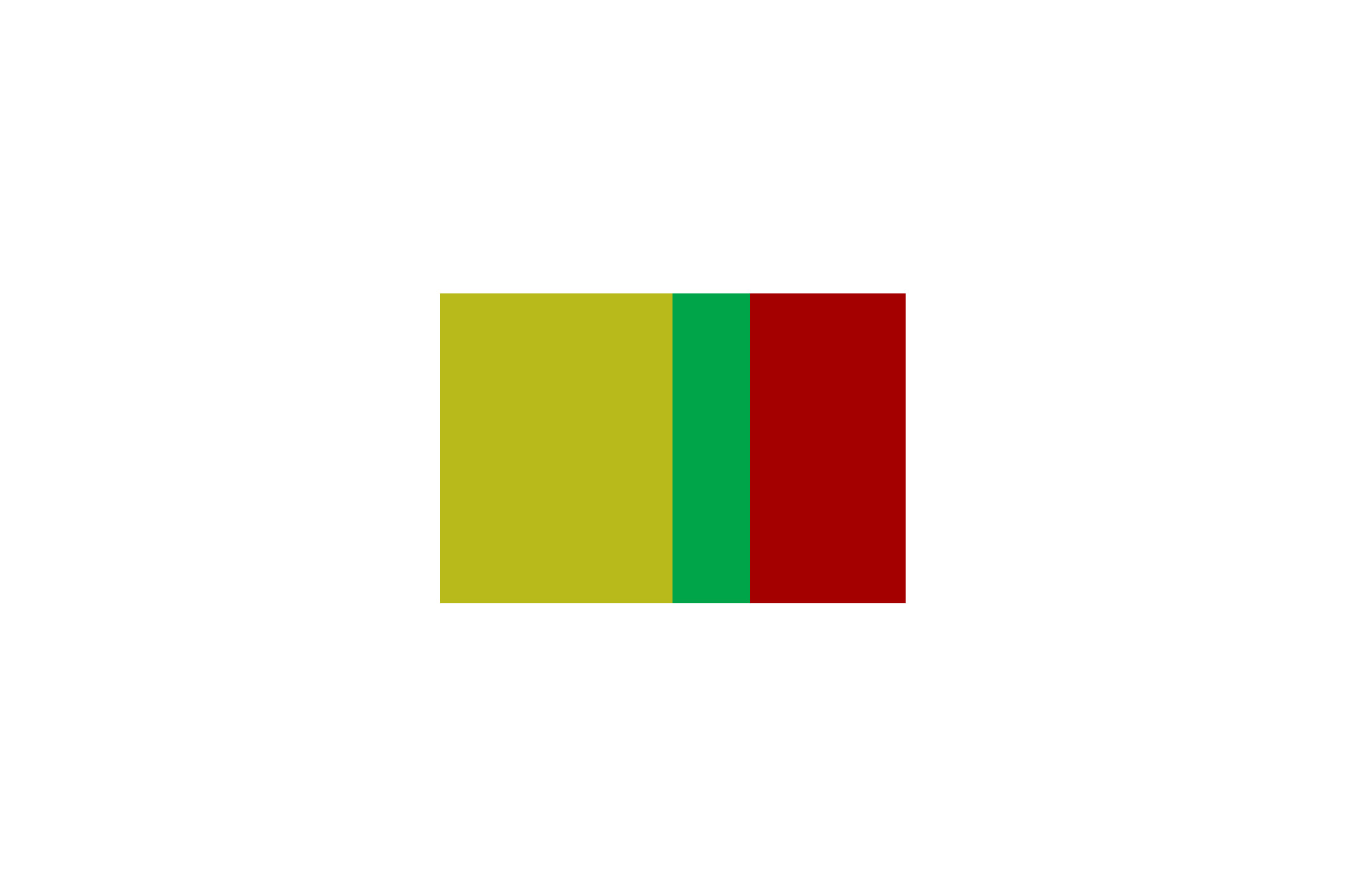The 127 film format, introduced by Kodak in 1912, represents an interesting slice of photographic history. Sized at 46 mm wide, the film format is situated between the dimensions of 35 mm and 120 “medium format” films. The standard image format for 127 film is a square 4 cm × 4 cm, although rectangular variations of 4 cm × 3 cm and 4 cm × 6 cm were also popular.
Having enjoyed mainstream success, the usage of 127 film began to decline from the 1960s, with newer, cartridge-based films gaining popularity. However, even in the face of these modern alternatives, 127 film has managed to survive as a niche format and continues to be produced.
Delving into technical specifics, 127 is a roll film with frame number markings for the 4×4 and 4×6 image formats printed on the backing paper. When using the square format, photographers can expect 12 exposures per roll, while the 4×3 and 4×6 formats yield 16 and 8 exposures respectively.
The film format was introduced as part of a package with the compact “Vest Pocket Kodak” folding camera. The convenience of the 127 format allowed it to re-emerge in the 1950s as the preferred choice for smaller, more economical cameras such as the Brownie and Satellite. The introduction of 126 film and 110 film “Instamatic” cartridges, along with the surge in popularity of 35 mm, eventually overshadowed the 127 format.
In terms of variations, not all 127 films were labeled as such. Post-1913, Kodak cameras with the Autographic feature identified 127 films with Autographic backing as “A127”. Non-Kodak manufacturers did produce cameras compatible with the 127 film, often referring to it as “Vest Pocket Film”.
The 127 film format found its niche primarily within amateur cameras. However, exceptions existed such as the Exakta SLR, “Baby” Rolleiflex, and Yashica 44 TLR. Moreover, 127 color transparencies can be mounted in standard 2” square slide mounts, offering larger and more brilliant projected images, thus earning the popular nickname “Superslides”.
Kodak ceased production of 127 film in July 1995, followed by almost all other manufacturers. Yet, Fotokemika in Croatia continued its production until 2012. Nowadays, companies such as Bluefire Laboratories have started cutting and assembling 127 film from bulk rolls. In 2009, Rollei introduced the Retro 80S film available in 127 format. Furthermore, in 2014, Maco began selling black-and-white 127 film under the Rera Pan brand, manufactured by the Japanese company EZOX Corporation. Thus, even in an era of digital photography, 127 film still persists, carrying with it a rich history and distinctive charm.
